Mercedes Radar Recalibration: Validated Post-Repair Test Drives Ensure Optimal Performance

Mercedes radar recalibration is essential after body repairs to ensure Advanced Driver Assistance Sy…….
Welcome to an in-depth exploration of a critical aspect of modern automotive technology—Mercedes radar recalibration. This article aims to unravel the complexities of this process, its global impact, and the many faceted considerations it entails. From its technical foundations to its economic implications and regulatory landscape, we will delve into every angle to offer a comprehensive understanding. By the end, readers should grasp why Mercedes radar recalibration is not just a technological advancement but a pivotal element shaping the future of autonomous vehicles and road safety.
Definition: Mercedes radar recalibration refers to the process of fine-tuning and updating the radar systems in Mercedes-Benz vehicles to ensure optimal performance and accuracy. It involves calibrating sensors, algorithms, and software to enhance the vehicle’s ability to detect and track objects, such as other vehicles, pedestrians, and obstacles, for advanced driver-assistance systems (ADAS) and autonomous driving capabilities.
Key Components:
Historical Context: The concept of radar recalibration has evolved alongside advancements in automotive technology. Initially, early radar systems were less sophisticated, leading to inaccuracies that could impact safety. As autonomous driving gained traction, the need for precise and reliable radar data became critical. Mercedes, being a pioneer in luxury vehicles and autonomous tech, recognized this challenge and developed robust recalibration processes to meet the demands of modern driving scenarios.
Significance: Mercedes radar recalibration is vital for several reasons:
The influence of Mercedes radar recalibration extends far beyond the borders of Germany, shaping the automotive landscape worldwide.
Regional Adoption:
Trends Shaping the Future:
The economic implications of Mercedes radar recalibration are far-reaching, impacting various sectors.
Market Dynamics:
Investment Patterns:
Economic Impact on Systems and Regions:
Mercedes radar recalibration has witnessed remarkable technological leaps, pushing the boundaries of what is possible in vehicle safety.
Recent Innovations:
Future Potential:
The development and implementation of Mercedes radar recalibration are heavily influenced by global policies and regulations aimed at ensuring vehicle safety and consumer protection.
Key Policies:
Regulatory Influence:
Despite its numerous benefits, Mercedes radar recalibration faces several challenges and criticisms that require careful consideration and strategic solutions.
Main Challenges:
Criticisms and Solutions:
Case Study 1: Mercedes in Urban Environments
In dense urban areas with frequent obstacles and complex traffic patterns, Mercedes has successfully deployed its radar recalibration technology. The company’s EQS and S-Class models equipped with multi-beam radar systems have demonstrated superior object detection and tracking abilities. Regular recalibration ensures these vehicles can adapt to dynamic cityscapes, providing a safer driving experience for occupants and pedestrians alike.
Case Study 2: Autonomous Driving Trials in California
Mercedes has been an active participant in autonomous vehicle trials in California, USA. Their test fleet includes various models equipped with state-of-the-art radar systems and sensor fusion technologies. Through extensive real-world testing, Mercedes has gathered valuable data to refine its recalibration processes, improving the overall safety and performance of their self-driving vehicles.
Case Study 3: Global Safety Enhancements
In response to a global recall related to radar sensitivity issues, Mercedes implemented a comprehensive recalibration program. This involved updating software algorithms and sensor settings to ensure consistent performance across different regions. The company’s proactive approach not only addressed safety concerns but also enhanced its reputation for quality and reliability.
The future of Mercedes radar recalibration is promising, with emerging trends and growth areas shaping the industry.
Potential Growth Areas:
Emerging Trends:
Strategic Considerations:
Mercedes radar recalibration is not merely a technical feature; it is a cornerstone of the automotive industry’s evolution towards safer, more autonomous vehicles. Its global impact, technological advancements, and regulatory implications underscore its significance. By addressing challenges and harnessing emerging trends, Mercedes is poised to lead the way in shaping the future of road safety.
As the world continues to embrace autonomous driving and connected vehicles, Mercedes’ commitment to rigorous research, development, and recalibration processes will ensure that drivers worldwide benefit from enhanced safety features. The company’s dedication to innovation and customer satisfaction solidifies its position as a pioneer in the automotive industry.
Q: How often does Mercedes recommend radar recalibration?
A: The frequency of radar recalibration depends on various factors, including driving habits, environmental conditions, and software updates. Mercedes generally recommends regular calibration intervals, which can be as frequent as every 6 months or at specified mileage intervals.
Q: Can over-the-air updates affect radar system performance?
A: Yes, over-the-air (OTA) updates are designed to enhance system performance and address potential issues. These updates include bug fixes, software improvements, and calibration adjustments, all aimed at optimizing the radar system’s accuracy and reliability.
Q: How does Mercedes ensure data privacy during recalibration?
A: Mercedes employs robust data protection measures, including encryption, anonymization, and secure data storage practices. They adhere to strict privacy regulations and work closely with regulatory bodies to protect user information during the entire process.
Q: What are the potential benefits of hybrid sensor systems in radar recalibration?
A: Hybrid sensor systems combine data from radar, camera, and Lidar for improved perception accuracy. This fusion of sensors provides a more comprehensive view of the surroundings, enabling better object detection and tracking, especially in challenging urban environments.
Q: How does Mercedes address ethical concerns related to autonomous driving?
A: Mercedes is actively involved in industry-wide discussions on ethical guidelines for autonomous vehicles. They prioritize transparent practices, including clear communication with customers and stakeholders about system decision-making processes, to build trust and ensure the responsible development of self-driving technologies.

Mercedes radar recalibration is essential after body repairs to ensure Advanced Driver Assistance Sy…….
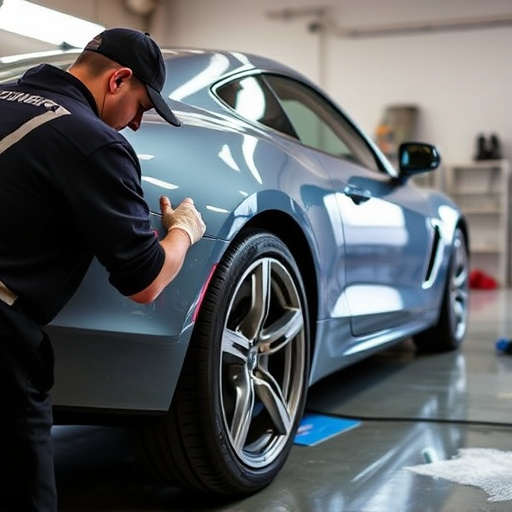
Mercedes radar recalibration is vital for maintaining advanced driver-assistance systems (ADAS) safe…….
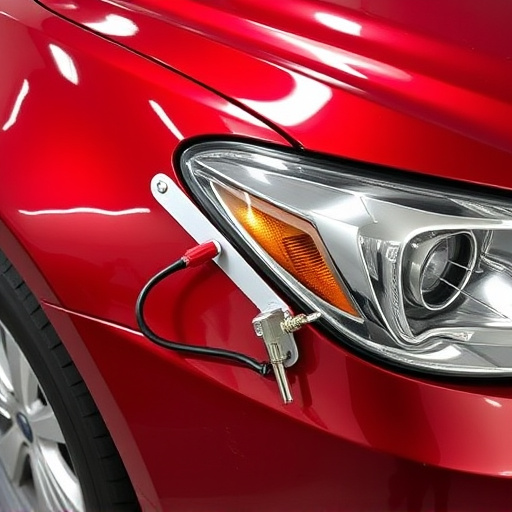
Mercedes radar recalibration after collisions or auto body repairs is vital for precise sensor syste…….

Mercedes radar recalibration is crucial for maintaining advanced driver assistance features, ensurin…….
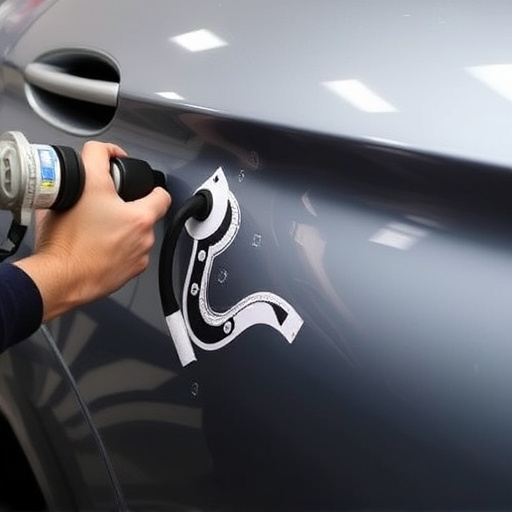
Mercedes radar recalibration is a specialized service ensuring optimal performance of safety feature…….
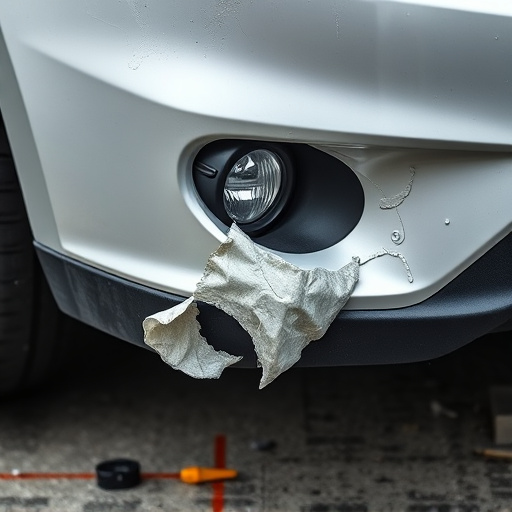
Mercedes radar recalibration is crucial for maintaining vehicle safety and performance. Environmenta…….
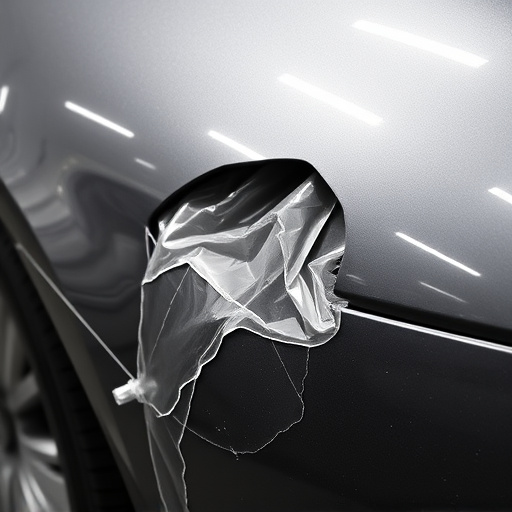
Mercedes radar recalibration is crucial for maintaining advanced driver-assistance systems (ADAS), e…….

Mercedes radar recalibration is essential for maintaining optimal vehicle performance and safety. En…….
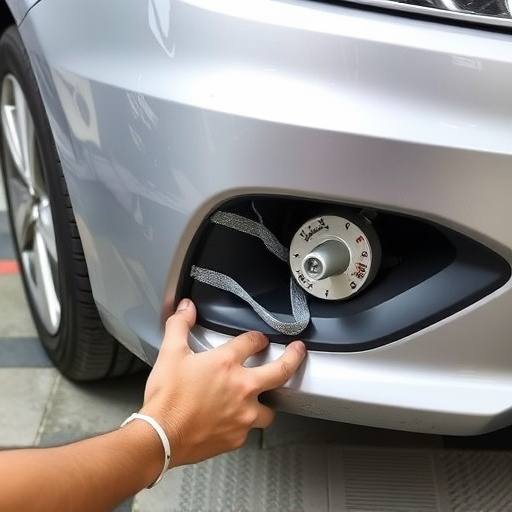
Mercedes radar recalibration is a critical process for EQ, AMG, and S-Class models, enhancing safety…….